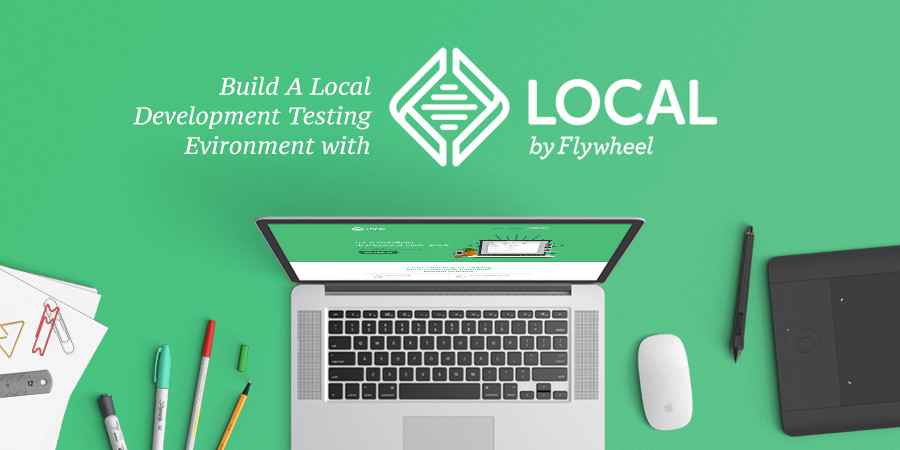
I can’t find any working guide to do it properly. I found (kinda) incomplete article (link below), but not fully working. So I created this article as my own guide/notes.
Read More Install Local by Flywheel in WSL2 – Complete Setup July 2025
I can’t find any working guide to do it properly. I found (kinda) incomplete article (link below), but not fully working. So I created this article as my own guide/notes.
Read More Install Local by Flywheel in WSL2 – Complete Setup July 2025It is a bit annoying that chrome don’t have a Clear Redirect Cache functionality.
Read More How To Remove 301 Redirect Cache in ChromeIt’s relatively easy to create date/time picker in Gutenberg editor. What we need to do is to import and use DateTimePicker component and we can create something like this:

In my previous post I mentioned that the reason why we need to learn to do this is to get all the new features. But what is the new features?
You can read more in my previous post: Custom Field & Meta Box in Gutenberg Editor.
In this short blog post, I want to give a simple example, to transform the field to a full sidebar panel.
Read More Why use React/JS to create a Meta BoxHow to do this in the “new” way?
From this:

To this:

Creating a custom field using a custom meta box is simple and very straightforward.
Basically we create a meta box using meta box API and add it in post meta data using save_post hook.
Here’s the basic code:
// Add field:
add_action( 'add_meta_boxes', function() {
add_meta_box(
'my_meta_box',
'My Meta Box',
function( $post ) {
wp_nonce_field( __FILE__, '_my_data_nonce' );
?>
<p><input type="text" class="large-text" name="my_data" value="<?php echo esc_attr( get_post_meta( $post->ID, '_my_data', true ) ); ?>"></p>
<?php
},
'post',
'side'
);
} );
// Save field.
add_action( 'save_post', function( $post_id ) {
if ( isset( $_POST['my_data'], $_POST['_my_data_nonce'] ) && wp_verify_nonce( $_POST['_my_data_nonce'], __FILE__ ) ) {
update_post_meta( $post_id, '_my_data', sanitize_text_field( $_POST['my_data'] ) );
}
} );But how to do this in the new way?
Read More Custom Field & Meta Box in Gutenberg Editor
Chrome browser updates has become a burden for local development. Not only they decided to disable .dev domain for local development, they also really have specific configuration in SSL Cert to show the site as secure.
In this step by step tutorial I will try to explain the walk-through to create SSL cert locally to be used in XAMPP in Windows.
Read More How to Create Valid SSL in localhost for XAMPP
So, I finally got a new laptop. My old one is an Asus i3 with 6GB RAM. It’s already 2 years old. but still works really well, but I got a new job, and it uses several tools that need a lot more RAM, Encryption (Win 10 PRO). So, I bought a new laptop.

I just got a neat trick for local development.
When cloning live site to local, we need to download all the assets/uploads directory to our local dev, and sometimes it’s a pain.
With this trick, we don’t need to do that and we can simply download the DB.
Read More How to Load Images from Live Site in Local Dev (Apache and Nginx)
Happy to contribute to this awesome software!

Last week I made my decision to finally use Chrome as my primary browser, and Google Drive as my primary cloud storage.
And this is the reasons why.

In Notepad++, one of my features that I use a lot is “Find in Files”. If you ever use this feature, I’m sure you will agree that it’s a very powerful search (and replace) feature.
The problem is that Notepad++ search feature cannot exclude folders.
In WordPress plugin/theme project I often need to use Grunt or Gulp or Composer and it generate folders such as “node_modules”. And it’s usually very large in size with tons of library and codes.
I usually move them to other directory before I search, but I found a very simple trick to exclude it. Read More How to exclude folders in Notepad++ search